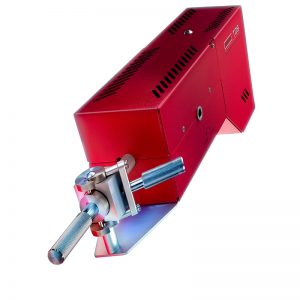Flavor is an important quality criterion for virgin olive oils. The identification of the compounds causing the flavor or off-flavor therefore is the key for quality control. Their analysis in olive oils usually requires more or less cumbersome sample preparation like liquid/liquid extraction, solid phase extraction or distillation techniques, often with the drawback of organic solvent use. Headspace and purge & trap methods do not use organic solvents, but their analyte range is restricted to the volatiles and therefore characterizes more the compounds contributing to aroma/smell of a sample, not the flavor/taste.
Direct thermal extraction of olive oil in an inert atmosphere under controlled temperature conditions can be used to easily analyze the volatile and semi-volatile compounds contributing to flavor. 10 μl of olive oil are injected into an empty glas tube and inserted into a thermal desorption unit (TDS). The TDS was ramped to 80°C with high desorption flow, allowing the analytes to be transferred into a PTV-liner and trapped at sub-ambient temperatures (-150°C), while retaining the oil-matrix in the TDS tube. After completion of sample transfer, the PTV was ramped to 280°C, releasing the extracted compounds into a GC-MS system for subsequent analysis at very high sensitivity.



